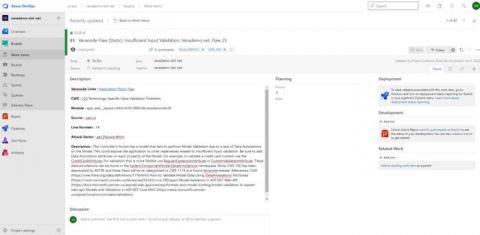Security | Threat Detection | Cyberattacks | DevSecOps | Compliance
AST
Static analysis + penetration testing = More than the sum of their parts
We are open sourcing our SAST solution!
For the last two years, we’ve been quietly building a new kind of static application security testing (SAST) solution that allows security and engineering teams to assess, prioritize, and remediate security risks and vulnerabilities in their code by what matters most - sensitive data. Today, we are officially announcing its release as an Open Source project, Bearer.
CI Rewind - Introduction to JavaScript Fuzzing
SAST Tools: How to Integrate and Scale Security Workflows in the SDLC
Static Application Security Testing (SAST) tools present a significant opportunity for organizations looking to reduce application security risk. However, not all workflows or tools are created equal. Using the right SAST tools at the right times, you can seamlessly integrate and scale security workflows throughout the software development lifecycle (SDLC).
Fuzzing in Jest - One Unified Workflow for Functional and Security Testing
7 Battle-Tested Tips for Using a DAST Scanner
While modern web applications are growing in complexity, the threat landscape is also constantly evolving. It can be difficult for developers to identify and remediate vulnerabilities in their code, especially if they need more expertise in security. As a result, manual application security testing has become ever more challenging and intricate.











